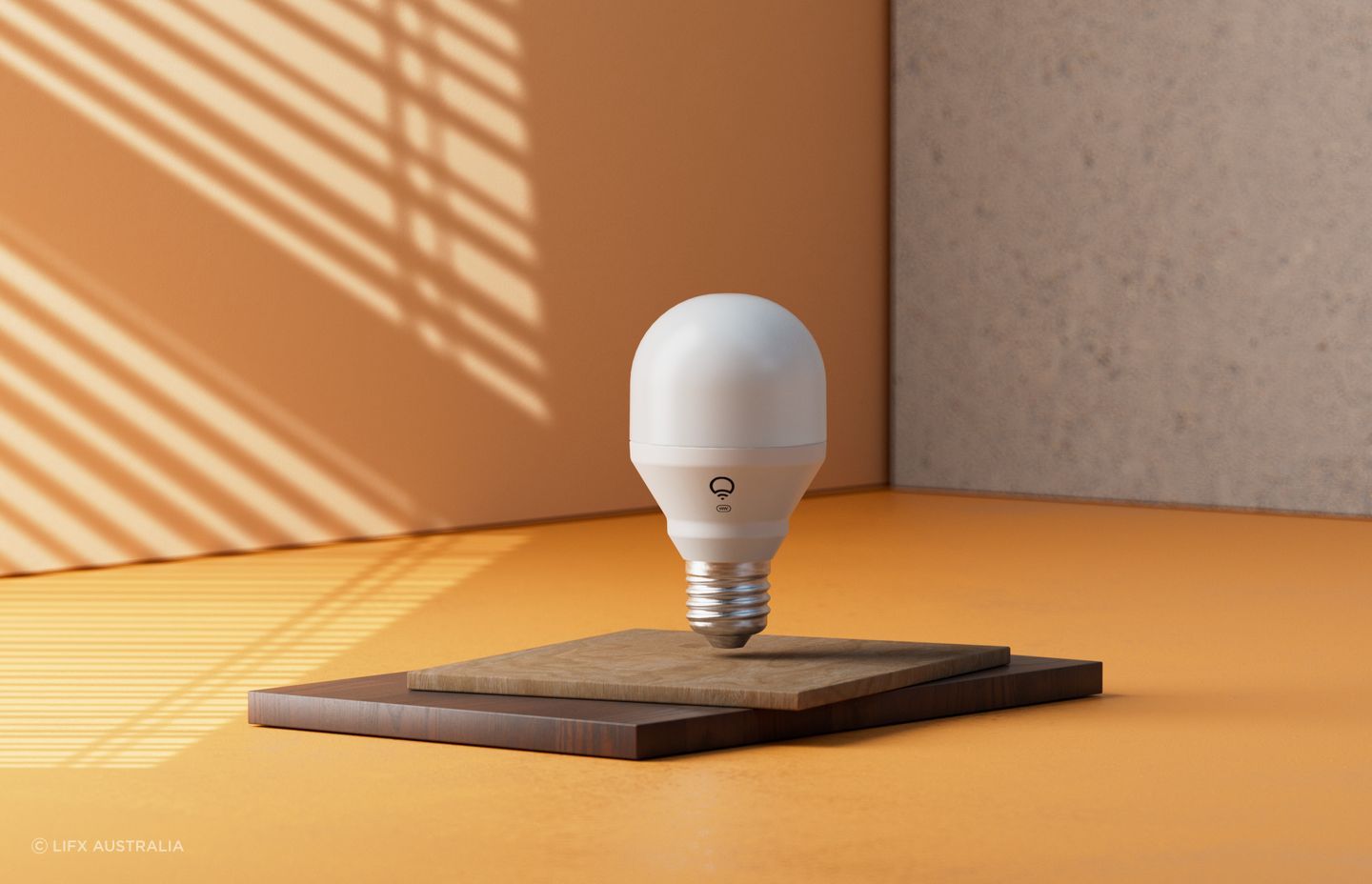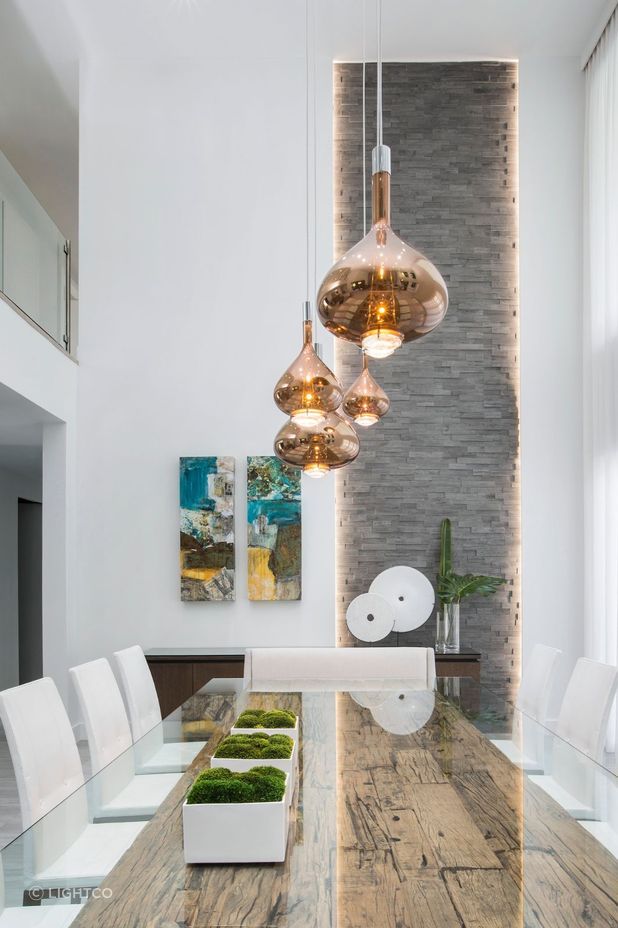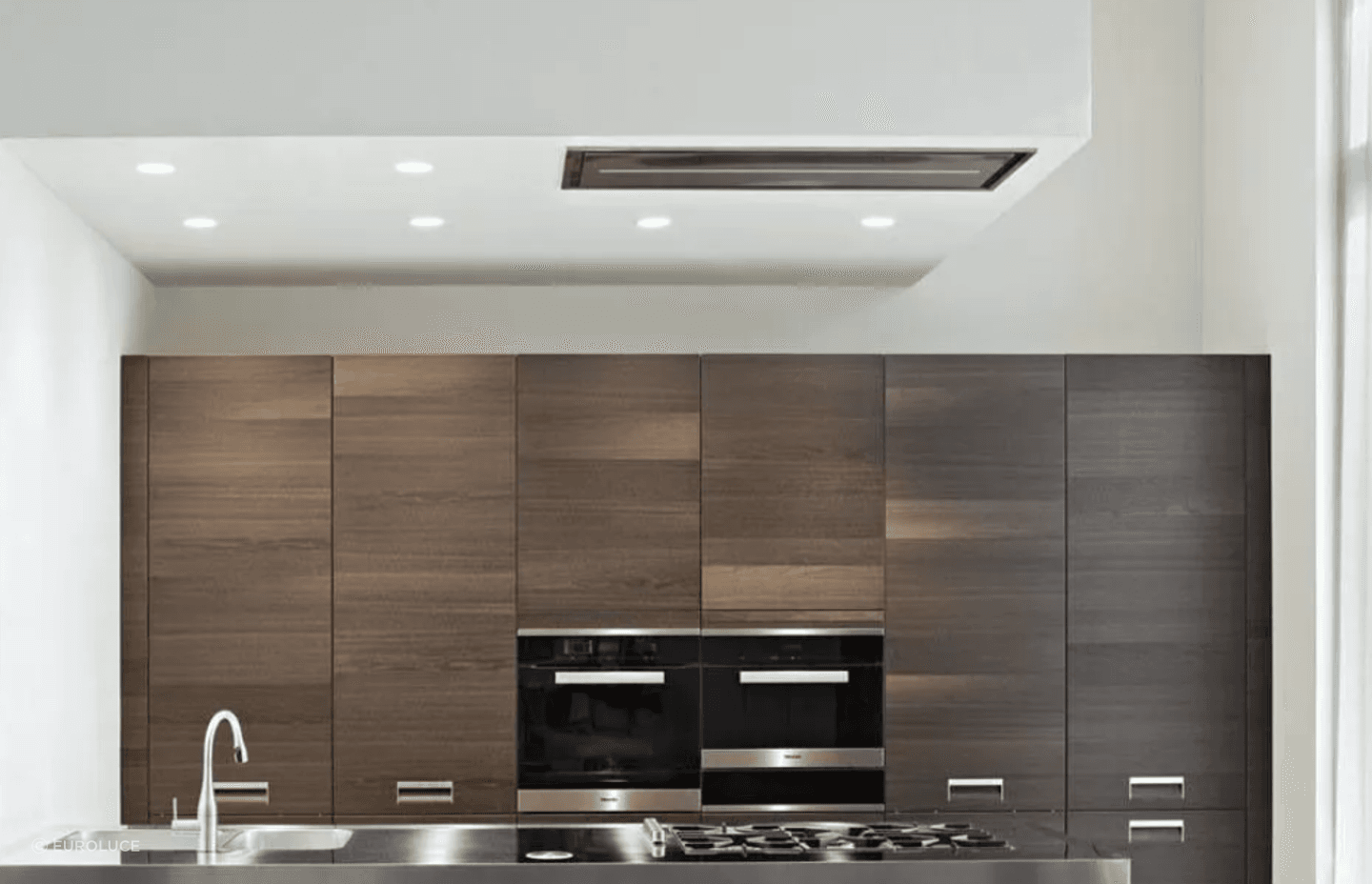LED lights - the definitive guide - FAQs, costs & more

What are LEDs?
The name “LED” stands for “light emitting diode” and is a different lighting structure than traditional incandescent or fluorescent bulbs. LEDs are much more efficient than incandescent bulbs, lasting far longer while using less energy than their older cousins. This gives homeowners an opportunity to save energy and money over the lifespan of their bulbs.
Because of their different structure, LEDs can be much smaller, making them more versatile. You can put LED strip lights under your kitchen cabinets, around the edges of vanity mirrors, inside entertainment units, and more. These bulbs also stay cool, making them safe to use around children and pets.

How do they work?
So if LEDs don’t use a filament to produce light, how do they work? The diodes in LEDs are made from semiconductors, elements that conduct a weak electrical current. The lighting process starts with an electrical current passing through a microchip at the base of the bulb that controls how it moves through the rest of the bulb.
From the microchip, that electric current passes through the semiconductor diode, causing it to glow. LED semiconductors are created to produce the maximum amount of light output possible. And the plastic structure of these bulbs helps to concentrate that light, refracting it so most of those photons come out the end of the bulb.
LED lifespan
One of the big advantages of LED bulbs is that they outlast any of their competition. A standard bulb generates light using a filament which, over time, will burn out and eventually break. Because an LED bulb uses a diode instead of a filament, it can last far longer before it needs to be replaced.
In general, halogen light bulbs last somewhere between 1,000 and 4,000 hours – less than a year if you use the light eight hours a day. CFLs (compact fluorescent lamps) last a little longer, coming in around 6,000 hours. LED bulbs can last between 15,000 and 50,000 hours – up to more than seventeen years with eight-hour daily use.

How to set up LEDs
In most cases, setting up an LED household is as simple as changing your lightbulbs. You can find LED options in nearly every bulb shape and size these days, in addition to some speciality LED setups. The primary work in getting an LED setup will be investing the money to get all the LED bulbs you need.
In the last few years, we’ve seen the rise of the era of LED smart bulbs. You can control these bulbs from your phone, including changing their colour, setting up automatic routines, and even dimming them. Setting up these bulbs may involve installing an app, setting up a control hub, and connecting your bulbs to your home network.
Related article: The advantages and disadvantages of smart lighting
LED light costs
Of course, the big drawback of LED bulbs is their cost. Halogen bulbs can cost as little as $3 each, while CFL bulbs come in around $6. However, even the most affordable LED bulbs will run you about $10, and you’ll need to pay more if you want additional features, including smart capability.
While the upfront investment may be more, LED bulbs can actually still save you money in the long run. Let’s say one LED bulb will last you about ten years with average use, while a halogen bulb will last just six months. Over the course of that ten years, you’ll spend $60 replacing halogen bulbs, while the one $10 LED will last that entire span.

How many watts do you need?
When you’re determining how many LED light bulbs you’ll need, the first thing to consider is how many watts you’ll need to light your space. In general, you should plan on having about 50 lumens per square metre of space in your room. LED bulbs generally give off about 100 lumens per watt, so if you have a room that’s 9 square metres, you should plan on having at least 45 watts of LEDs in that space.
You’ll also want to make sure your lights are spaced the appropriate distance apart in your room. A good rule of thumb is to divide the height of your ceiling in half to determine light spacing. So if you have three-metre ceilings, you should place your light fixtures about one and a half metres apart.
Colour temperature appearance
When you’re selecting LED bulbs, the other factor you’ll need to consider is the colour of the bulb. Some LED bulbs can change to any colour of the rainbow, but most standard bulbs will fall somewhere in the white spectrum. However, different bulbs come in different hues of white, from warmer, more yellow tones to cooler, bluer tones.
Although it may seem counterintuitive, the higher the temperature rating on the bulb, the cooler the light will be. So a 1,000K LED bulb will give off an almost reddish light, while 3,000K and 4,000K bulbs will be quite yellow. 6,000K bulbs will be a fairly neutral white, and 9,000K and 10,000K bulbs will be very blue.

Get started with LED lights
LED lights have completely transformed the lighting industry, giving homeowners access to bulbs that last longer and have greater energy efficiency. These bulbs can last ten years or more, depending on how much you use them, and they even come in smart light options. By taking into account your wattage needs, placement and colour temperatures you’ll be able to take advantage of everything they have to offer in your living room, bedroom, bathroom spaces and more.
Related article: 7 exciting ceiling light styles for 2024
